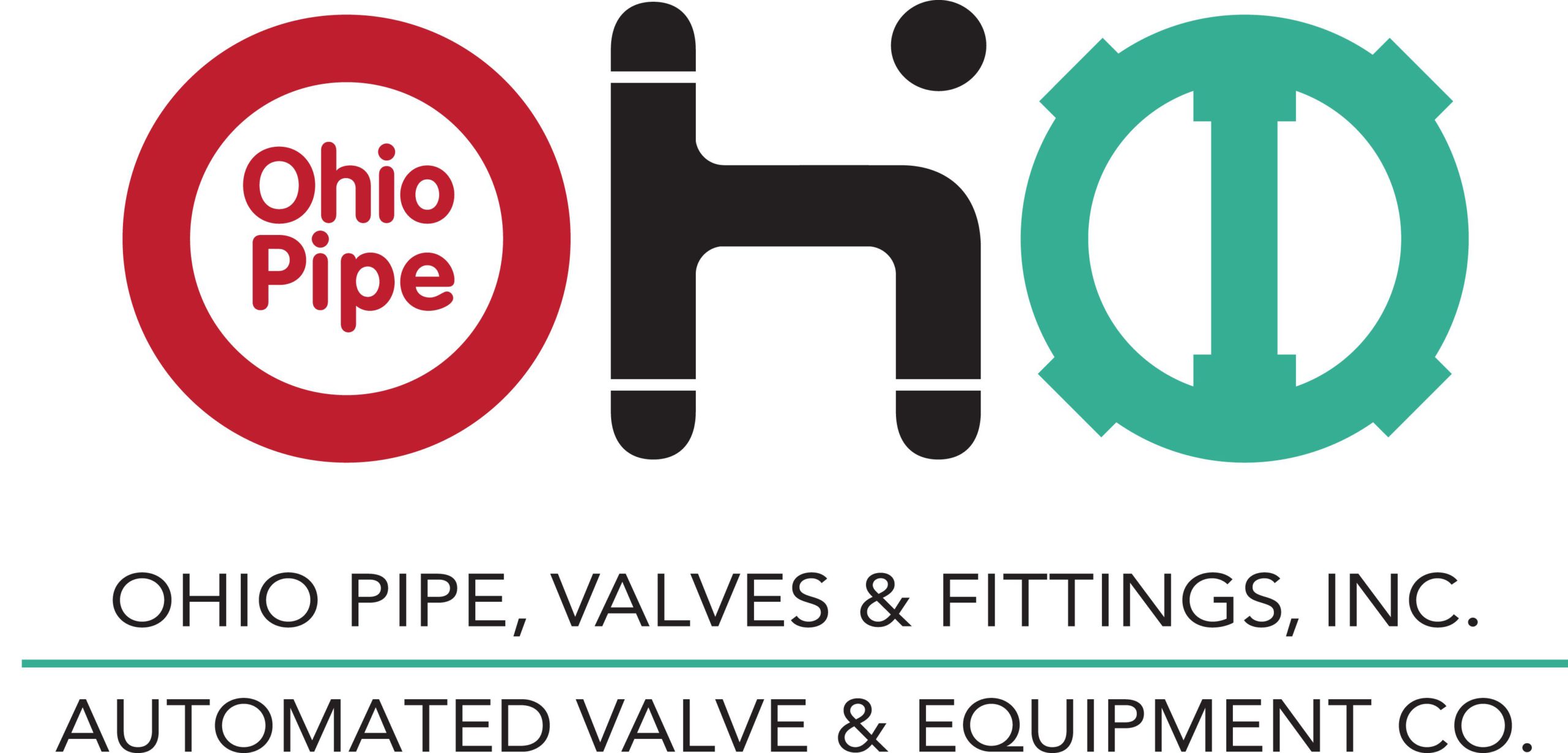May 1st, 2021 | Weldbend, Inc.
The PVF Industry has certainly experienced a trying time during these past 18 months. With orders dwindling to almost nothing overnight, it appears COVID will leave a long-lasting mark on this time in our industry. We find that if we intend to travel, especially out of the country, or go to concerts and sporting events, COVID vaccinations will most likely be mandated. As more people get vaccinated, we will hopefully begin to see a return to a more normal way of life. I am happy to say Weldbend was able to help all of our employees get vaccinated.
During this past year and a half, inventories everywhere have been reduced dramatically by companies trying to conserve their cash. It appears that as orders increase companies are finding the need to replenish their supplies. With the reduction of inventory and an increase in business that requires steel, we find ourselves in stiff competition with other steel users for billet, which is used for manufacturing our flanges and in many cases seamless pipe. Billet makers, in general, are running at full capacity and we find that it is difficult to secure tonnage in the near future for our flanges. Several steel mills have already closed their books for 2021 and are not taking new orders until after the first of the year 2022. Also, some steel mills for billet have gone to allocations.
Small diameter seamless domestic pipe went from a 24-week lead time last week to a 36-38 week lead time with prices around $250-$450 per ton increase. Overseas pipe prices are going up in the third quarter at approximately $150-$200 per metric ton. China has raised its third-quarter pricing for pipe and has stated that quantities would be limited. (Weldbend does not buy Chinese pipe or forgings for the manufacture of Weldbend products.) Even Goldman Sachs is predicting oil prices to rise on the largest ever demand jump.
In addition, shipping prices have dramatically increased in the US and overseas. There is also a huge shortage of containers. On top of that, on both the east and west coasts, container ships are being anchored offshore waiting 2-3 weeks before getting unloaded. Along with all of this, labor costs appear to be rising.
We have steel supplies on hand and on order, but we do foresee some disruptions, possible shortages, and definitely price increases. With a huge demand for steel and companies replenishing their stock in a variety of businesses that use steel, as we have been told by a steel company, this could mean 1-1/2 to 2 years of playing catch-up for steel availability and pricing.


